What are the 4Cs of Diamonds?
Title:Clarity Principles and Factors
Title:The clarity of a lab grown diamond is judged by its flaws, which means the inclusions and blemishes that give it unique character and charm. Discover more about diamond clarity below.
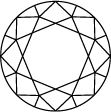
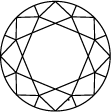
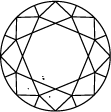
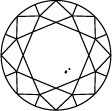
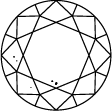
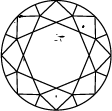


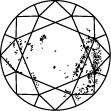
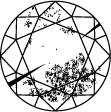
Diamond Clarity Chart
Title:Diamond clarity scale and grades
Subtitle:Cut Principles and Factors
Title:The quality of how a lab grown diamond is cut is based on its proportions, symmetry, and polish. An expert cut creates a multitude of facets, absorbing and reflecting the light so the stone shimmers from every angle.
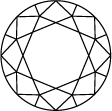
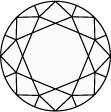
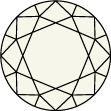

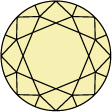
Title:
Subtitle:
Diamond color scale and chart
Diamond coloring is rated on a scale from D to Z, with D clear ice white with no hint of yellow, while those rated Z are shades of yellow and brown. Each letter range on the chart denotes a shade of stone, with those rated D to F appearing colorless, through to S to Z appearing in shades of light yellow or brown. Swarovski only accepts the finest lab grown diamonds in its collections, meaning they range from colorless to nearly colorless diamonds (D-G).
Color Principles and Factors
Title:














Diamond Carat Weight
Title:Lab Grown Diamond Carat Scale
Subtitle:Tout savoir sur les Swarovski Created Diamonds
Title:Diamants créés en laboratoire
Subtitle:Découvrez l’univers des Swarovski Created Diamonds et ses superbes collections entre tradition et modernité. Des créations interstellaires d’une brillance extraordinaire à l’élégance naturelle de nos pièces emblématiques, trouvez le modèle qui vous accompagnera tout au long de votre vie.
Guide d’achat du diamant créé en laboratoire
Title:Trouvez la pièce parfaite
Subtitle:Qu’est-ce qu’un diamant créé en laboratoire ?
Title:Tous les secrets des diamants créés en laboratoire
Subtitle:Foire aux questions
Les 4C du diamant - FAQ
Que signifient les 4C ?
La clarté du diamant est-elle importante ?
Quel est le degré de clarté le plus élevé du diamant ?
Afin d’évaluer sa clarté, le diamant est inspecté à l’aide d’une loupe de grossissement 10x. Le nombre et la nature des éléments externes (imperfections) et internes (inclusions), ainsi que leur taille et leur position déterminent le degré de clarté.
Les pierres sont classées par les gemmologues de la meilleure note, IF (sans défaut interne), à la moins bonne, I3 (Inclusions).
Les diamants de laboratoire sont-ils sans défaut ?
Les diamants de laboratoire peuvent-ils perdre leur éclat ?
Comment se passe la certification et l’évaluation des diamants créés en laboratoire ?
Qu’appelle-t-on facette du diamant ?
De quelle manière définit-on la qualité de la taille ?
Quelle est la meilleure taille de diamant ?
Comment déterminer la couleur d’un diamant ?
Plus le diamant est incolore, meilleure sera jugée la qualité.






